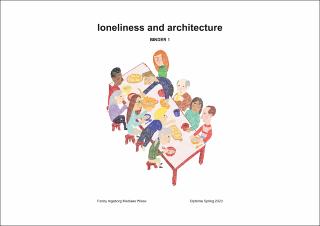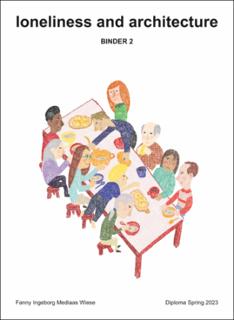| dc.description | Loneliness is becoming an even greater issue than in previous years. In 2019 the Norwegian government launched a strategy to prevent loneliness as a part of the Public Health Report. The prime minister, Jonas Gahr Støre, pointed out that loneliness is a growing challenge in modern society. The British economist, Noreena Hertz, states in her book, The century of loneliness, that the 21st century is the loneliest century we have ever experienced. As a result of this growing issue of loneliness, the U.S surgeon, Vivek H. Murthy, declared social isolation to be a public health epidemic and that loneliness is becoming one of today’s greatest health threatening issues. Recent studies show that loneliness can be even more fatal compared to heavy smoking, obesity and physical inactivity.
Loneliness is the feeling of being alone. Some people feel alone even though they are surrounded by others, but most people feel alone because they experience social isolation. Being social is a fundamental component for feeling happy. Studies have shown that mental health is greatly affected by social and spatial surroundings. Taking action to relieve loneliness, can better the quality of life, good mental health and can even prevent premature death.
In Norway, approximately one million people live alone and 34,4% of those are above 67 years old, the age when most retire. In Oslo almost half of the inhabitants live alone, which makes Oslo the city with most single households in the country.
The feeling of belongingness and connection is in our nature and is important for our survival as human beings. With the growing awareness of loneliness there has been signs of a renascence in community-living type of housing, both in Norway and many other countries. People are looking for housing where sharing and belonging is part of their everyday. Community-led living is one of those aspects that should be explored and challenged, in my opinion.
The intention of my project is to reduce and relieve involuntarily loneliness by proposing an architecture that encourages community and explores community living. My site is located in suburban Oslo, close to the important node Majorstuen. Based on the increasing group of citizens 60+ living alone in Oslo, my target group is men, women and couples older than 60 years old. In addition it is important that they actively seek community and togetherness in their way of living.
Architecture alone cannot solve loneliness, but I want to explore how architecture can help relieve it. In this thesis I will look into loneliness through literature and scientific articles, and explain how spatial environments and architecture can contribute to relieve loneliness. Some case studies will in addition support my thesis. | en_US |


